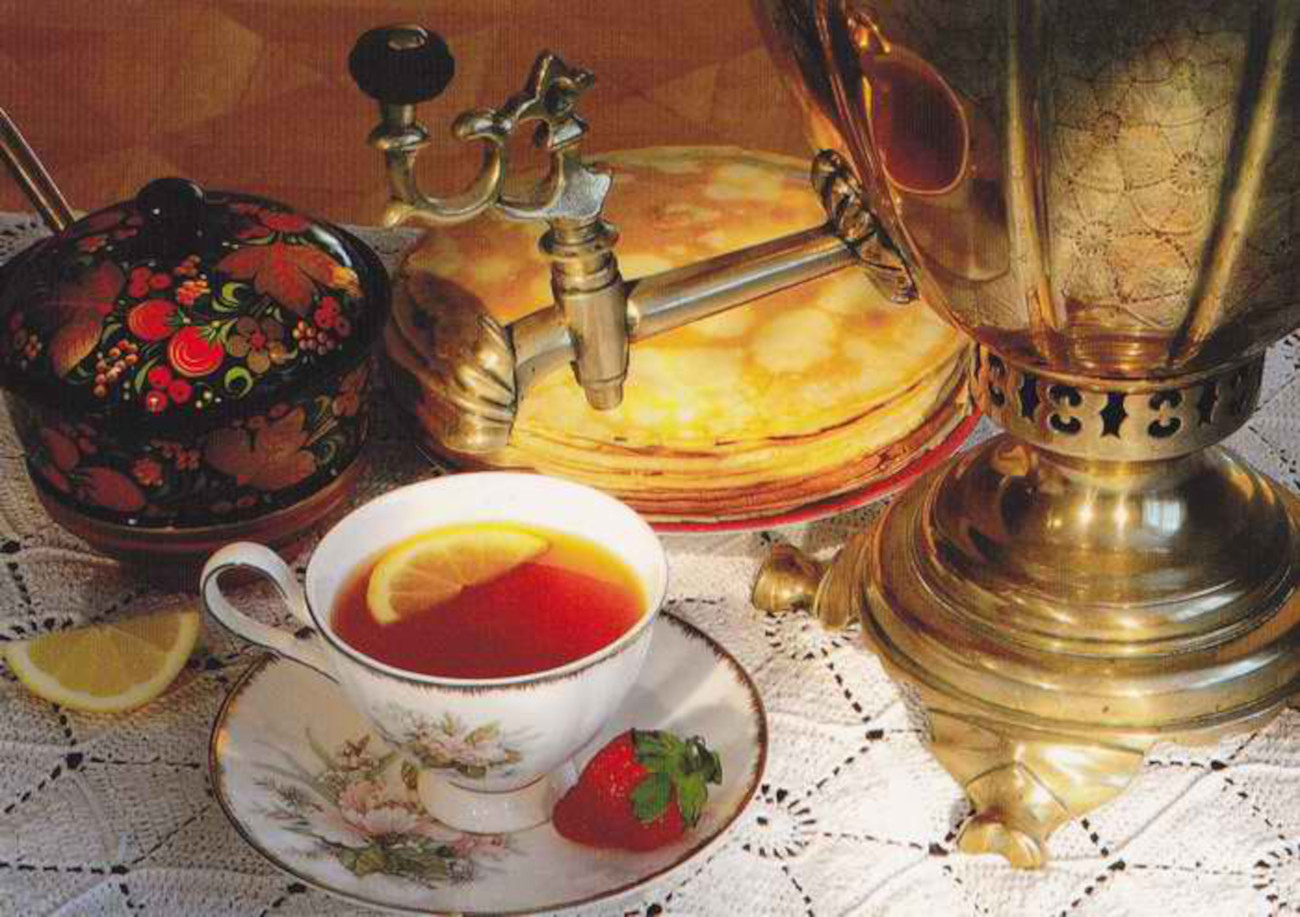Mexican Wedding Cookies? Russian Tea Cakes? What’s The Story Behind These Famous Cookies and Where Are They Actually From
Mexican wedding cookies, Russian tea cakes, Greek kourabiedes, Middle Eastern kahk, Northeast snowballs, Austrian kipferin — this buttery, nutty powdered sugar cookie comes from everywhere and nowhere. Its original ancestry? No one really knows! Honestly, it’s probably easier to find the lineage of a mystical beast than these old-school cookies, but there is a way to decipher this cookie’s long journey.
From The Middle Eastern Trade Routes

It started somewhere, however food history is never clear, and not a lot of recipes are written to indicate precise dates. Finding the recipe in history books is like forcing your grandmother to fork over her recipe box! We can say some of the oldest predecessors of these wedding cookies are seen with the Middle East’s kahk cookies and have documentation in 10th century Egypt. These small, little cookies are filled with nuts, dates, or spices and decorated with designs or coated in powdered sugar…are these cookies starting to ring a bell a bit? With powerful trade routes and influence reaching into western Europe’s Iberian Peninsula (modern-day Spain), the Balkans, and northern Africa, it’s easy to see how the Ottoman Empire and Middle Eastern kahk cookies traveled with industries and adapted to different regional ingredients. An example of this would be the pistachio found in middle eastern cookies being swapped out for more accessible and cheaper nuts like almonds in Iberia (Spain) and Italy, or walnuts in Eastern Europe and Greece.
Then Exploring The Americas

There are not a lot of citations or places to pull from, but how these cookies crossed the Atlantic seems to make sense – as Spanish sailors traveled to the Americas, they brought some of their recipes along as well. It’s easy, like super easy, to understand why these cookies came along for the ride. These cookies required no eggs, used shelf-stable fat, used no special equipment for forming, and they stayed fresh for several days. When wedding cookies came to the Americas, the nuts originally found in Europe or the Middle East were swapped out for the more readily available pecans.
And Finally Coming To America Again

But then how does the Russian tea cake fit into the story? I think if you asked several people, they’d be divided, calling them either Mexican wedding cookies or Russian tea cakes. Many sites say the Cold War tension made the name Russian tea cakes fall out of favor, but that theory is hard to prove. Throughout the turmoil with the USSR, American cookbooks didn’t rename recipes like beef stroganoff, borscht, Moscow mules, or bellinis. And when looking at Russian cookies, most of them come close but don’t match the cookies we all love and enjoy. Unlike these previously mentioned cookies with little to no extra dairy or eggs, most Russian cookies have some eggs as a binder. So where’s the connection, because the term Russian tea cakes are used only within the US? The answer might come from the 1920s immigration of Eastern Europeans and Russian refugees who brought Russian tea culture and walnut modified kahk cookies.

Whatever you call these cookies, they’re nothing short of delicious. Our modern day version hasn’t changed too much from their cookie ancestors, they require very few fresh ingredients, and still easily come together by hand or with a spoon. The next time you want to make these cookies, try this trick you’ll find for making kahk cookies – clarify the butter. By cooking down the butter, you remove the water, meaning you’ll have delicate, melt-in-your-mouth cookies.















